

Articles
How To Store Ice Cream
Modified: August 20, 2024
Learn the best tips and tricks for storing ice cream properly to keep it fresh and avoid freezer burn. Read our articles now!
(Many of the links in this article redirect to a specific reviewed product. Your purchase of these products through affiliate links helps to generate commission for Storables.com, at no extra cost. Learn more)
Introduction
Ice cream is a beloved treat enjoyed by people of all ages, especially during the hot summer months. Whether you prefer classic flavors like vanilla and chocolate or more adventurous options like cookie dough and mint chocolate chip, properly storing your ice cream is essential to maintain its quality and taste. In this article, we will explore the importance of proper ice cream storage and provide you with valuable tips and guidelines to ensure your frozen treat stays fresh and delicious.
When it comes to storing ice cream, many people overlook the crucial factors that can affect its texture, flavor, and longevity. Improper storage can lead to issues such as freezer burn, a grainy or icy texture, and loss of taste. By understanding the proper techniques and following our recommendations, you can prevent these problems and enjoy your favorite ice cream to its fullest potential.
One of the key factors in storing ice cream effectively is choosing the right container. The container plays a significant role in maintaining the ideal temperature and preventing air from seeping in. Additionally, we will discuss the suitable temperature range for storing ice cream and how to avoid freezer burn.
Furthermore, we will dive into proper handling and scooping techniques that can prevent unnecessary exposure to air and maintain the natural texture and flavor of the ice cream. Whether you prefer scooping from a container or using an ice cream scoop, these techniques will help you serve up perfect scoops every time.
We will also explore the options for storing ice cream in both the refrigerator and the freezer. While the refrigerator may be a convenient option for soft-serve ice cream, the freezer is typically the preferred method for maintaining the optimal texture and taste over an extended period.
Finally, we will share some handy tips specifically for those who enjoy making their own homemade ice cream. Whether you have an ice cream maker or prefer the no-churn method, proper storage techniques are essential to keep your homemade creations at their best.
By following our advice on proper ice cream storage, you can ensure that each scoop is as delightful as the first. So, let’s dive in and discover how to store ice cream effectively to keep it fresh, creamy, and truly enjoyable.
Key Takeaways:
- Proper ice cream storage is crucial to maintain flavor, texture, and longevity. Choose airtight containers, control freezer temperature, and handle with care to savor every delightful scoop.
- Homemade ice cream requires extra care. Use airtight containers, layer flavors, and avoid frequent thawing to preserve freshness and enjoy the creamy indulgence.
Read more: How To Store Homemade Ice Cream
Importance of Proper Ice Cream Storage
Proper ice cream storage is crucial for maintaining the quality, taste, and texture of this delightful frozen treat. While it may seem like a simple task, inadequate storage can result in issues such as freezer burn, an icy or grainy texture, and loss of flavor. Understanding the importance of proper storage techniques will ensure that your ice cream stays fresh and delicious for as long as possible.
One of the main reasons why proper ice cream storage is essential is to prevent freezer burn. Freezer burn occurs when the ice cream is exposed to air, causing moisture to evaporate from the surface. This can lead to ice crystals forming, giving the ice cream a grainy and unpleasant texture. Additionally, freezer burn can result in a loss of flavor, as the exposure to air can cause the volatile compounds that give ice cream its taste to dissipate. By properly storing ice cream, you can minimize the risk of freezer burn and keep your frozen treat in optimal condition.
Another reason why proper storage is important is to maintain the desired consistency of the ice cream. Ice cream is ideally enjoyed when it is smooth, creamy, and easy to scoop. By storing it at the correct temperature, you can prevent the ice cream from becoming too hard and difficult to scoop, or too soft and melty. Proper storage ensures that the ice cream retains its desired texture and consistency, making each bite a delightful experience.
Proper storage is also important for preventing the growth of bacteria and maintaining food safety. Ice cream is a perishable food product, and if not stored correctly, it can become a breeding ground for harmful bacteria. By storing it at the recommended temperature and handling it properly, you can minimize the risk of foodborne illnesses and enjoy your ice cream worry-free.
Furthermore, proper storage techniques can help extend the shelf life of your ice cream. While commercially produced ice cream typically has a long shelf life due to the addition of stabilizers and preservatives, homemade ice cream lacks these additives and is more susceptible to spoilage. By storing homemade ice cream correctly, you can prolong its freshness and enjoy it for a longer period.
Overall, proper ice cream storage is essential for preserving the flavor, texture, and shelf life of this beloved frozen dessert. By understanding the importance of maintaining the correct temperature, preventing air exposure, and handling ice cream properly, you can ensure that each serving is as delicious as the first. So, let’s explore the various aspects of proper ice cream storage and learn how to keep our frozen treats in perfect condition.
Choosing the Right Container
When it comes to storing ice cream, choosing the right container is crucial for maintaining its freshness and texture. The container you use plays a significant role in preventing air exposure, reducing the risk of freezer burn, and preserving the desired consistency of the ice cream. Here are some important factors to consider when selecting the ideal container for storing your ice cream:
Airtightness: The container should have a tight seal to prevent air from entering and coming into contact with the ice cream. Air exposure can lead to freezer burn and degradation of flavor and texture. Look for containers with secure lids or covers that create a strong seal to keep the ice cream fresh.
Shape and Size: Consider the shape and size of the container in relation to the quantity of ice cream you plan to store. Opt for a container that can accommodate the desired amount of ice cream without leaving too much empty space. Having excess air in the container can promote freezer burn, so choose a size that matches your needs.
Material: The material of the container should be safe for storing food and able to withstand freezing temperatures. Common choices include plastic, glass, or metal containers. Make sure the container is free from any chemicals or substances that could potentially leach into the ice cream.
Insulation: Insulated containers are particularly beneficial if you need to transport or store ice cream outside of a freezer for a short period. These containers help to maintain a consistent temperature and prevent the ice cream from melting too quickly.
Easy Scooping: Consider containers that are designed for easy scooping. Look for features such as wide openings and sturdy sides that facilitate effortless scooping of the frozen treat. This can be particularly helpful if you enjoy serving ice cream directly from the container.
Reusable and Environmentally Friendly: If reducing waste is important to you, consider using reusable containers for storing your ice cream. Opt for containers made from eco-friendly materials or those that are designed for multiple uses. This not only benefits the environment but also saves you money in the long run.
Ultimately, the right container for storing ice cream will depend on your specific needs and preferences. Finding a container that is airtight, the appropriate size, made of food-safe materials, and suits your serving and storage preferences will help ensure that your ice cream stays fresh and delicious for longer. By investing in proper storage containers, you can enjoy your favorite frozen treat without worrying about compromising its quality.
Temperature Guidelines for Storing Ice Cream
The temperature at which ice cream is stored is critical for maintaining its quality and preventing issues such as freezer burn and a loss of flavor and texture. Here are some temperature guidelines to follow when storing your ice cream:
Freezer Temperature: The ideal temperature for storing ice cream in the freezer is between -5°F (-15°C) and 0°F (-18°C). Keeping the freezer at this temperature range helps prevent the ice cream from melting or becoming too soft. It also ensures that the ice cream stays frozen without forming ice crystals or developing a grainy texture.
Consistency: It’s important to note that the temperature within a freezer can vary depending on its location. The back of the freezer tends to be colder than the front, so consider storing your ice cream in a location where the temperature is most consistent. Avoid placing ice cream near the freezer door where it is exposed to frequent temperature fluctuations when the door is opened.
Refrigeration: While storing ice cream in the freezer is generally recommended for maintaining its texture and taste, there are situations where refrigeration is necessary. For example, if you have a container of ice cream that has softened beyond the desired consistency and needs to firm up slightly, storing it in the refrigerator for a short period can help. Keep in mind that this should only be done temporarily, as prolonged refrigeration can cause the ice cream to become too soft and lose its quality.
Thawing: If you have a carton of ice cream that has been fully frozen, it’s important to allow it to thaw slightly before serving. This will make it easier to scoop and enhance the flavor and creamy texture. Remove the ice cream from the freezer and let it sit at room temperature for about 5-10 minutes before scooping. Be careful not to let it thaw completely, as it may become too soft.
Consistency Control: If you prefer your ice cream to be softer and easier to scoop, storing it at a slightly higher temperature within the recommended range can help achieve the desired consistency. On the other hand, if you prefer a firmer ice cream, storing it at the lower end of the temperature range will help maintain a solid texture.
By following these temperature guidelines, you can ensure that your ice cream remains at its best quality. Remember to check and maintain the temperature of your freezer regularly to prevent any fluctuations that may compromise the texture and taste of your frozen treat. Storing ice cream at the proper temperature will result in a delightful and enjoyable experience with every scoop.
Avoiding Freezer Burn
Freezer burn is a common issue that can affect the quality and taste of ice cream. It occurs when air comes into contact with the surface of the ice cream, causing moisture to evaporate and ice crystals to form. This can result in a grainy texture and loss of flavor. However, there are several steps you can take to avoid freezer burn and keep your ice cream fresh and delicious:
1. Choose the Right Container: Opt for a container that is airtight and seals tightly to prevent air from entering. A well-sealed container significantly reduces the chances of freezer burn. Consider using containers specifically designed for storing ice cream, as they often have features that minimize air exposure.
2. Remove Excess Air: When transferring ice cream to a container, try to minimize the amount of air trapped inside. Fill the container as much as possible to reduce the surface area exposed to air. This will help prevent the formation of ice crystals and freezer burn.
3. Wrap with Plastic Wrap: Before sealing the container, place a layer of plastic wrap directly on the surface of the ice cream. This creates a protective barrier that prevents air from reaching the ice cream and minimizes the risk of freezer burn.
4. Keep Freezer Temperature Consistent: Fluctuating freezer temperatures can contribute to freezer burn. To avoid this, ensure that your freezer maintains a stable temperature within the recommended range. Avoid frequent temperature changes by limiting the number of times you open the freezer door unnecessarily.
5. Proper Placement: Store your ice cream containers away from the freezer door and in the coldest part of the freezer. The back of the freezer is usually the coldest area and will provide the most stable temperature. Avoid placing ice cream near the freezer vents, as these areas often have temperature variations.
6. Limited Storage Time: While ice cream can be stored in the freezer for several months, it is best to consume it within the recommended storage time. The longer ice cream is stored, the greater the risk of freezer burn. Always check the expiration date on the packaging, and consume the ice cream before it gets too old.
7. Avoid Frost Build-up: Ice crystals formed from frost can contribute to freezer burn. Regularly defrost your freezer to prevent frost build-up and maintain a consistent, optimal temperature for storing ice cream.
By following these tips, you can significantly reduce the chances of freezer burn and ensure that your ice cream stays fresh and enjoyable. Proper storage techniques are key to preserving the texture and flavor of your favorite frozen treat, allowing you to savor each scoop without any unwelcome surprises.
Store ice cream in the coldest part of the freezer, away from the door, to prevent it from melting and developing ice crystals. Keep it in an airtight container to prevent freezer burn.
Read more: How To Store An Ice Cream Cake
Proper Handling and Scooping Techniques
Proper handling and scooping techniques are essential to maintain the texture, flavor, and overall quality of ice cream. Whether you’re serving individual scoops or scooping directly from the container, following these techniques will ensure a delightful ice cream experience:
1. Use a Sturdy Scoop: Invest in a high-quality ice cream scoop with a sturdy handle and a sharp, efficient scoop. A well-designed scoop will help you effortlessly dig into the frozen treat without straining your hand or wrist.
2. Warm the Scoop: For smoother and cleaner scoops, consider warming the ice cream scoop under hot water or dipping it into warm water before each scoop. The warmth helps the blade glide through the frozen ice cream more easily, resulting in perfectly formed scoops.
3. Clean the Scoop Between Scoops: After each scoop, take a moment to clean off the ice cream residue from the scoop. This prevents any ice cream build-up, ensuring that each subsequent scoop is clean and smooth.
4. Avoid Over-Scooping: Be mindful of the size of your scoops to prevent scooping too much ice cream at once. Over-scooping can cause unnecessary exposure to air, resulting in faster freezer burn and degradation of the ice cream’s quality. Aim for consistent scoop sizes to keep each serving fresh.
5. Serve from a Chilled Container: If you’re serving from a container rather than individual scoops, always keep the container chilled before scooping. Retrieve the container from the freezer, scoop the desired amount, and quickly return it to the freezer. Avoid leaving the container out for an extended period to prevent melting and loss of texture.
6. Use a Flat Spatula: If you prefer serving ice cream by flattening it on a dessert dish, use a flat spatula for a smooth and leveled presentation. This technique is especially popular for creating ice cream sandwiches or assembling ice cream cakes.
7. Practice Controlled Scooping: When scooping individual portions, use a controlled and deliberate motion to create well-rounded scoops. Avoid agitating the ice cream excessively, as this can introduce more air and promote faster melting when serving.
8. Store Leftover Ice Cream Properly: If there are leftovers, make sure to cover the ice cream container securely with an airtight lid or plastic wrap. This helps to prevent the formation of ice crystals and maintain the ice cream’s quality. Store the container in the coldest part of the freezer to ensure maximum freshness.
By following these proper handling and scooping techniques, you can serve up perfect scoops of ice cream with ease. These techniques not only enhance the presentation of your frozen treat but also help preserve its texture and taste. Remember, the way you handle and serve ice cream can elevate the overall experience, making each scoop a joyful indulgence.
Storing Ice Cream in the Refrigerator
While the freezer is typically the preferred storage option for ice cream, there are instances where storing it in the refrigerator may be necessary or advantageous. Here are some key considerations and guidelines for storing ice cream in the refrigerator:
Soft-Serve Consistency: Storing ice cream in the refrigerator can result in a softer, more malleable consistency, similar to soft-serve. This can be desirable if you prefer a smoother and easier-to-scoop texture. However, it’s important to note that prolonged refrigeration can cause the ice cream to become too soft and lose its quality.
Temporary Storage: If you plan to consume the ice cream within a short period, storing it in the refrigerator for a few hours can help it soften slightly for easier scooping. It’s important to return the ice cream to the freezer as soon as you’re done, as extended refrigeration can lead to melting and loss of flavor.
Thawing after Freezer Storage: If you have stored ice cream in the freezer and find that it is too hard to scoop, placing it in the refrigerator for a short period can help soften it just enough to make scooping easier. This method is especially useful when you need to serve a large group or need multiple scoops in quick succession.
Container Considerations: When storing ice cream in the refrigerator, be sure to use a container with a secure lid or cover to prevent contamination and absorption of odors from other foods in the refrigerator. Airtight containers are ideal for maintaining freshness and minimizing the risk of flavors transferring to the ice cream.
Storage Time Limit: It’s important to note that ice cream stored in the refrigerator will have a more limited shelf life compared to being stored in the freezer. While refrigeration can keep the ice cream in a soft and scoopable state, it should only be kept for a short time, ideally no longer than a couple of hours, to ensure food safety and maintain quality.
Best Practices: When storing ice cream in the refrigerator, it’s crucial to handle the container with care and avoid unnecessary agitation or jostling. Placing the container on a stable and level surface can help prevent any accidental spills or leaks.
Monitor Temperature: Ensure that the refrigerator is set to a temperature below 40°F (4°C) to maintain proper food safety. Regularly check the temperature to ensure it remains consistent and within the recommended range.
Overall, while storing ice cream in the refrigerator can soften its texture and make it more easily scoopable, it’s important to remember that it is not a long-term storage solution. For best results, consume the ice cream promptly or return it to the freezer to maintain its optimal quality and taste.
Storing Ice Cream in the Freezer
The freezer is the preferred method for storing ice cream, as it maintains the optimal texture, flavor, and longevity of this frozen treat. Proper storage in the freezer ensures that the ice cream remains creamy, prevents freezer burn, and extends its shelf life. Here are some essential guidelines for storing ice cream in the freezer:
Temperature Control: Set your freezer temperature to -5°F (-15°C) to 0°F (-18°C) to maintain the correct storage conditions for ice cream. This temperature range prevents melting, maintains the consistency of the ice cream, and minimizes the risk of freezer burn.
Container Selection: Choosing the right container is crucial when storing ice cream in the freezer. Opt for airtight containers that seal tightly to minimize air exposure and prevent the formation of ice crystals. Consider using containers specifically designed for storing ice cream or containers made from materials that are freezer-safe.
Protective Wrapping: Before placing the ice cream in the freezer, cover the surface with plastic wrap or place the ice cream in a plastic bag to create an additional protective layer. This helps prevent air contact, which can cause freezer burn.
Proper Positioning: Position the ice cream containers away from the freezer door and in the coldest part of the freezer, ensuring they are not stacked or compressed. This allows for consistent and even freezing throughout the container, maintaining the ice cream’s texture and taste.
Prompt Return to Freezer: When serving ice cream, work quickly to minimize the time it spends at room temperature. Return the container to the freezer promptly to prevent melting and the potential loss of the ice cream’s desired texture.
Storage Time: Ice cream stored in the freezer can typically maintain its quality for about 1-2 months, depending on the brand and any added preservatives. Be sure to check the expiration date on the packaging and consume the ice cream before it exceeds the recommended storage time for best flavor and texture.
Preventing Cross-Flavor Contamination: To avoid flavors mingling, store different flavors of ice cream in separate containers or use dividers within a larger container. This helps preserve the distinct flavors of each ice cream and prevents cross-contamination.
Avoiding Temperature Fluctuations: Opening the freezer door frequently or leaving it open for extended periods can lead to temperature fluctuations, which may impact the quality of the ice cream. Limit the number of times you open the freezer door unnecessarily to maintain a consistent temperature.
Organize Efficiently: Keep your freezer organized to easily access and rotate your ice cream stock. Arrange the containers in a manner that allows you to see and retrieve them without excessive digging or shuffling.
By following these guidelines for storing ice cream in the freezer, you can ensure that your frozen treat remains delicious, creamy, and free from freezer burn. Enjoy your ice cream at its best by maintaining proper storage conditions and savoring the flavors with every scoop.
Storage Tips for Homemade Ice Cream
Homemade ice cream offers a delightful and customizable experience, but it requires extra care when it comes to storage. Unlike commercially produced ice cream, homemade versions lack preservatives and stabilizers, making proper storage even more crucial. Here are some storage tips to keep your homemade ice cream at its best:
1. Freezing Time: After churning your homemade ice cream, allow it to firm up in the freezer for at least 4-6 hours. This allows the ice cream to reach the desired consistency and develop its flavors before serving.
2. Airtight Containers: Transfer your homemade ice cream to an airtight container specifically designed for frozen desserts. Airtight containers prevent air exposure and the formation of ice crystals, ensuring the ice cream’s smooth texture and taste.
3. Pressing Plastic Wrap: Before closing the container, press a piece of plastic wrap directly onto the surface of the ice cream. This creates a barrier that helps prevent freezer burn and maintains the ice cream’s freshness.
4. Follow Layering Techniques: If you plan to store multiple flavors of homemade ice cream in the same container, consider layering them by freezing one flavor completely before adding the next. Layering helps maintain the distinct flavors and prevents them from blending together.
5. Date and Label: Remember to label your containers with the date of preparation. This will help you keep track of the freshness and determine the ideal time for consumption to enjoy the ice cream at its peak quality.
6. Transfer Leftovers: If you have leftover homemade ice cream that won’t fit in an airtight container, transfer it to a smaller container to minimize air exposure. The less air there is in the container, the better the ice cream will maintain its texture and taste.
7. Proper Thawing: When retrieving homemade ice cream from the freezer, allow it to sit at room temperature for a few minutes to soften slightly before scooping. Avoid over-thawing, as this can lead to a loss of creaminess and affect the overall texture.
8. Enjoy Sooner Rather Than Later: Homemade ice cream is best enjoyed within 1-2 weeks of preparation. While it may still be safe to consume beyond this timeframe, the quality may gradually degrade over time.
9. Avoid Frequent Thawing and Refreezing: Thawing and refreezing homemade ice cream multiple times can diminish its quality. Instead, scoop out the desired amount and return the rest to the freezer promptly to maintain its texture and prevent excessive melting.
10. Experiment with Mix-Ins: If you want to add mix-ins, such as cookies, fruits, or chocolate chips, do so just before serving. Adding mix-ins during the freezing process can cause them to become too hard or lose their texture.
By following these storage tips, you can enjoy your homemade ice cream at its peak flavor and texture. Proper storage techniques will help preserve the freshness and prevent ice crystal formation, allowing you to savor the fruits of your labor and indulge in homemade frozen treats to your heart’s content.
Read more: How To Make Ice Cream In Ice Cream Machine
Conclusion
Properly storing ice cream is essential to maintain its quality, flavor, and texture. Whether you’re enjoying store-bought or homemade ice cream, following the right storage techniques ensures that each scoop is a delightful experience from the first bite to the last. By considering factors such as container selection, temperature control, and handling techniques, you can preserve the freshness and prevent issues like freezer burn.
Choosing the right container is crucial for storing ice cream. Opt for airtight containers that seal tightly to minimize air exposure and prevent the formation of ice crystals. Containers specifically designed for storing ice cream are ideal for maintaining the desired consistency and flavor.
Temperature control is vital in preserving ice cream’s quality. Freezers should be set to a temperature between -5°F (-15°C) and 0°F (-18°C), ensuring that the ice cream remains frozen without becoming too hard or developing freezer burn. For softer ice cream, the refrigerator can be used temporarily, but prolonged refrigeration can compromise the quality.
Proper handling and scooping techniques help maintain the texture and prevent unnecessary air exposure. Use a sturdy ice cream scoop, clean it between scoops, and serve ice cream from a chilled container. These practices ensure that each scoop is smooth and free from ice crystals.
For homemade ice cream, additional considerations are necessary due to the lack of preservatives and stabilizers. Keep in mind factors such as storage time, layering techniques, and protecting the ice cream’s surface with plastic wrap. Homemade ice cream is best enjoyed within 1-2 weeks of preparation to preserve its optimal flavor and texture.
By incorporating these storage tips into your ice cream routine, you can extend the shelf life of your frozen treat and enjoy it at its best. Remember to monitor freezer temperatures, organize your freezer space efficiently, and always follow proper thawing and serving methods.
In conclusion, taking the time to store ice cream properly not only helps preserve its quality but also enhances your overall ice cream experience. From choosing the right container to following temperature guidelines and implementing proper handling techniques, every step plays a role in ensuring that each scoop is a delightful and creamy indulgence, bringing joy to your taste buds. So, follow these storage tips and savor the pleasure that ice cream brings, one scoop at a time!
Frequently Asked Questions about How To Store Ice Cream
Was this page helpful?
At Storables.com, we guarantee accurate and reliable information. Our content, validated by Expert Board Contributors, is crafted following stringent Editorial Policies. We're committed to providing you with well-researched, expert-backed insights for all your informational needs.
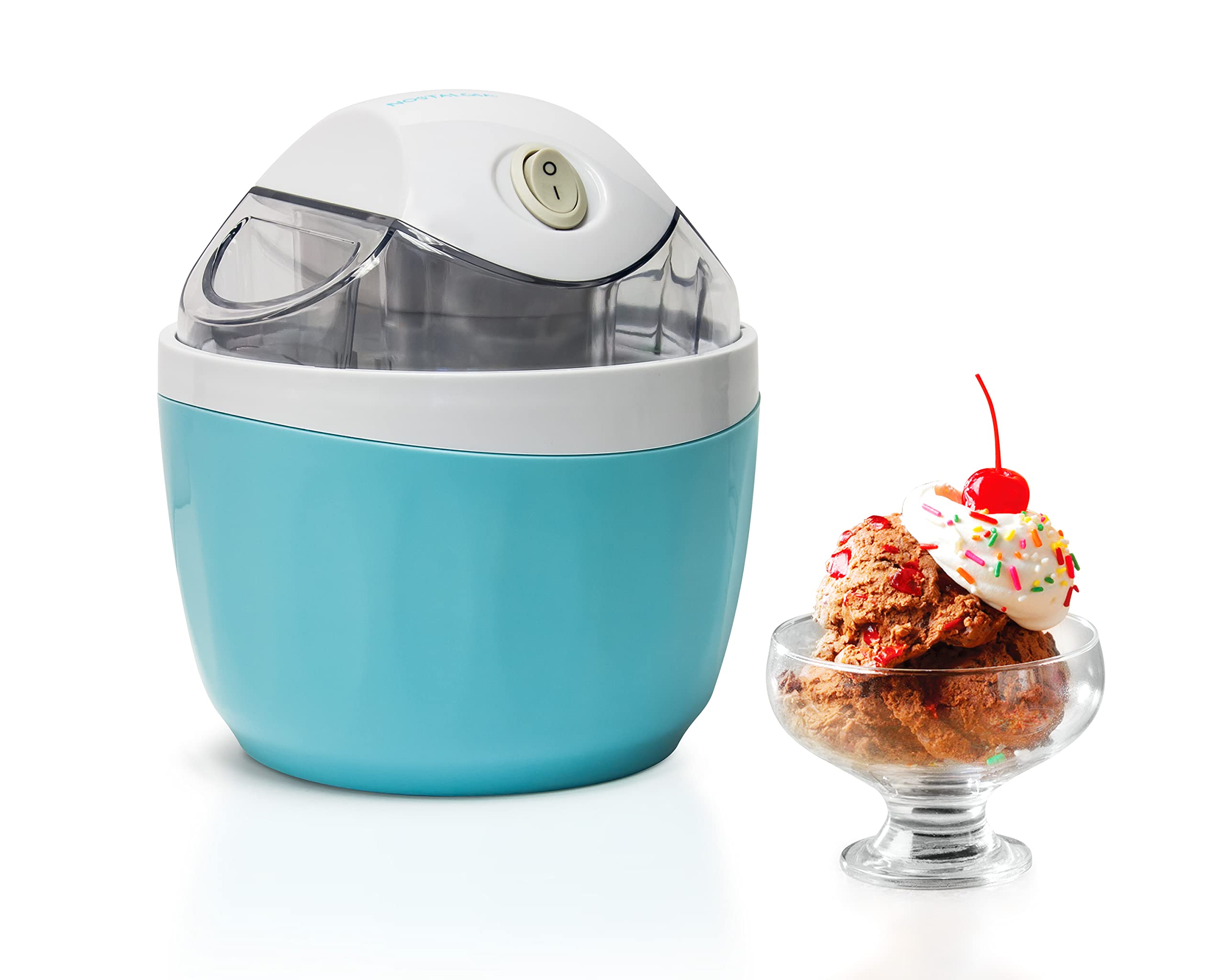
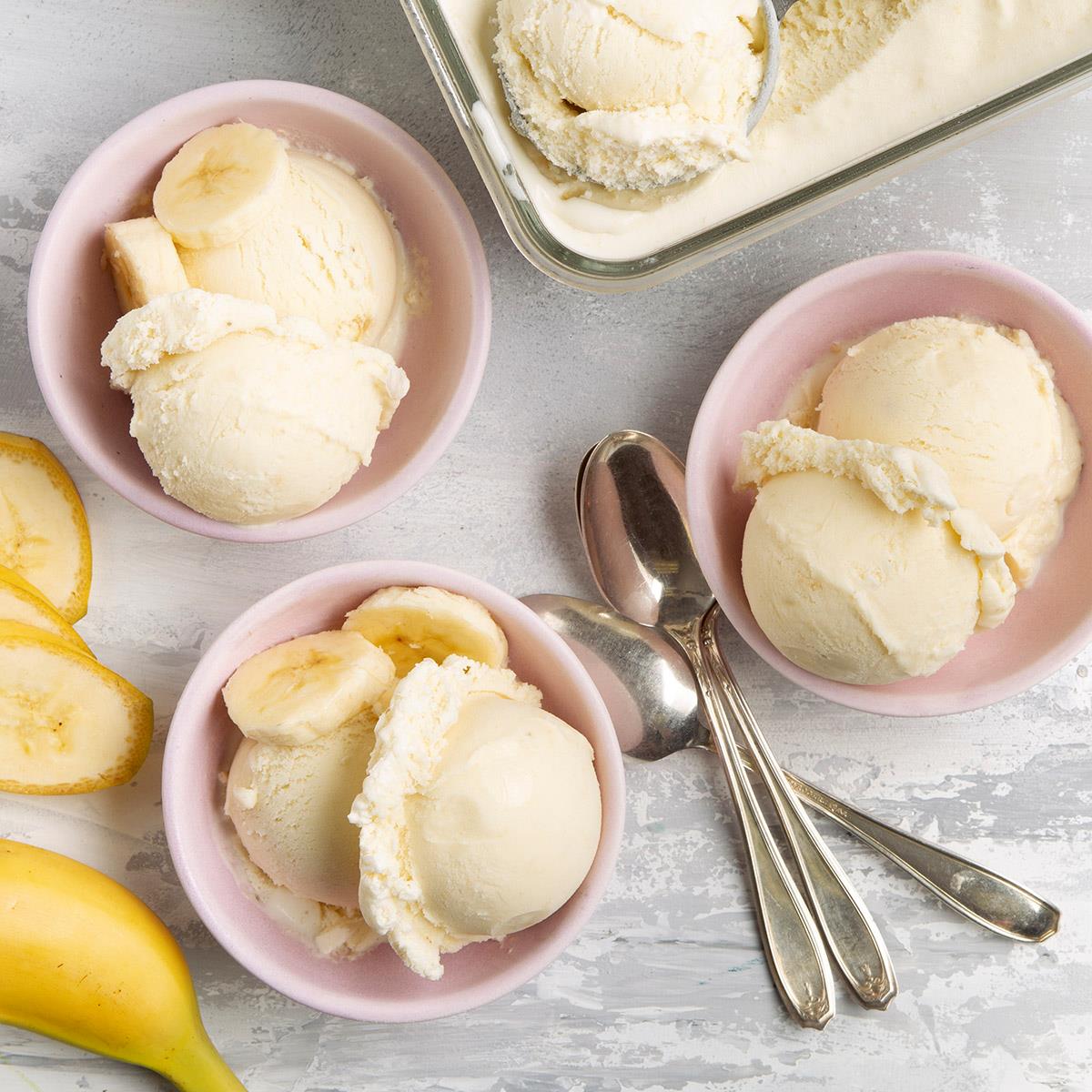
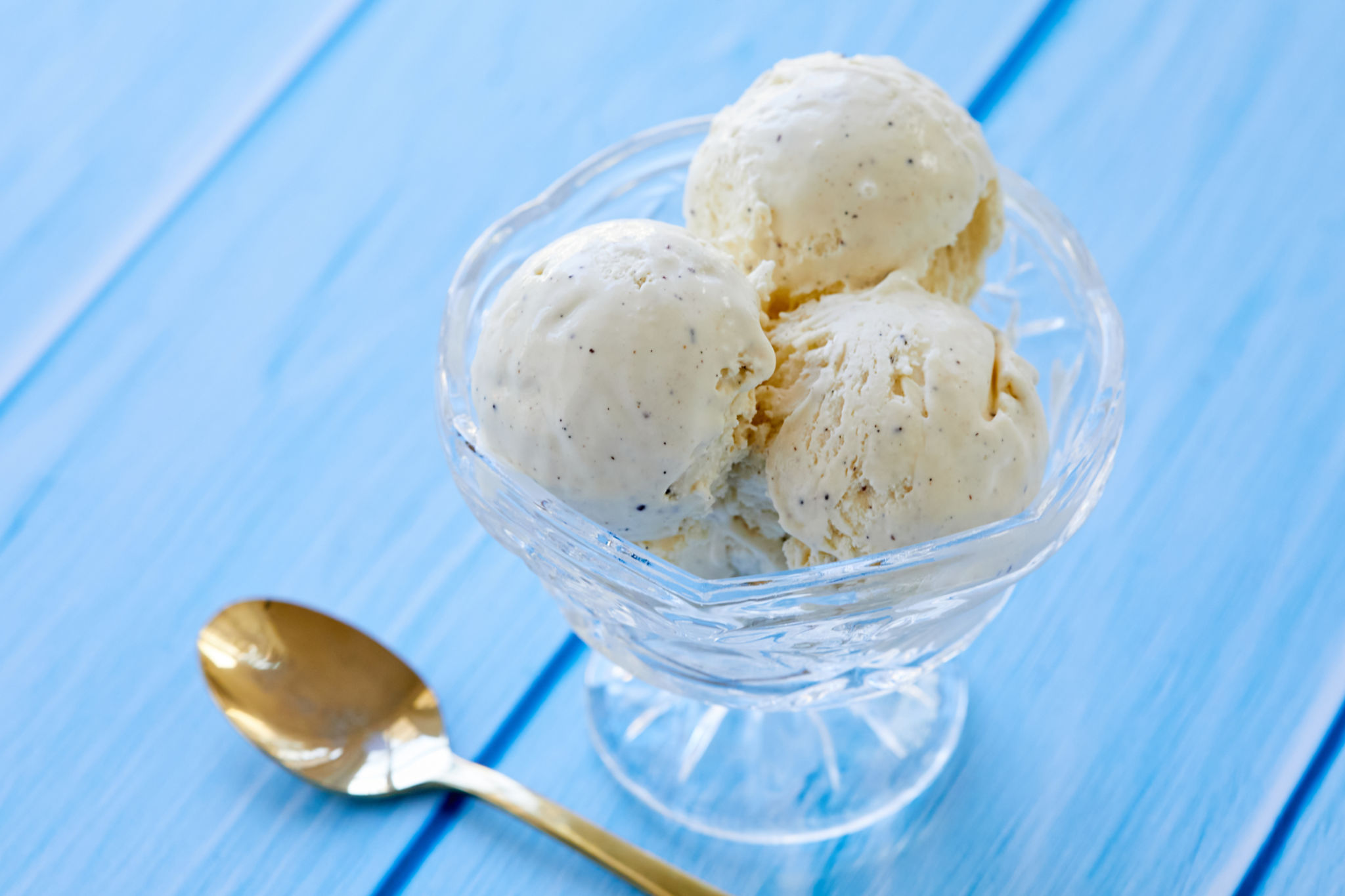
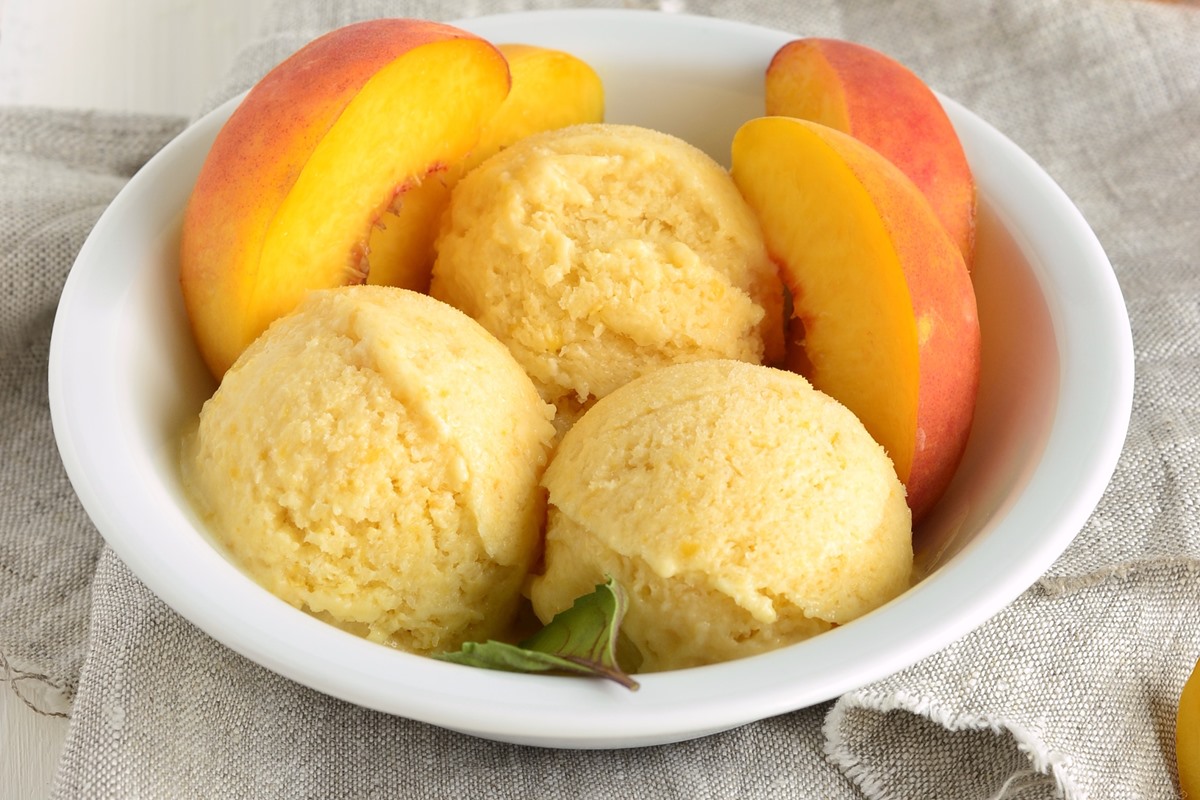
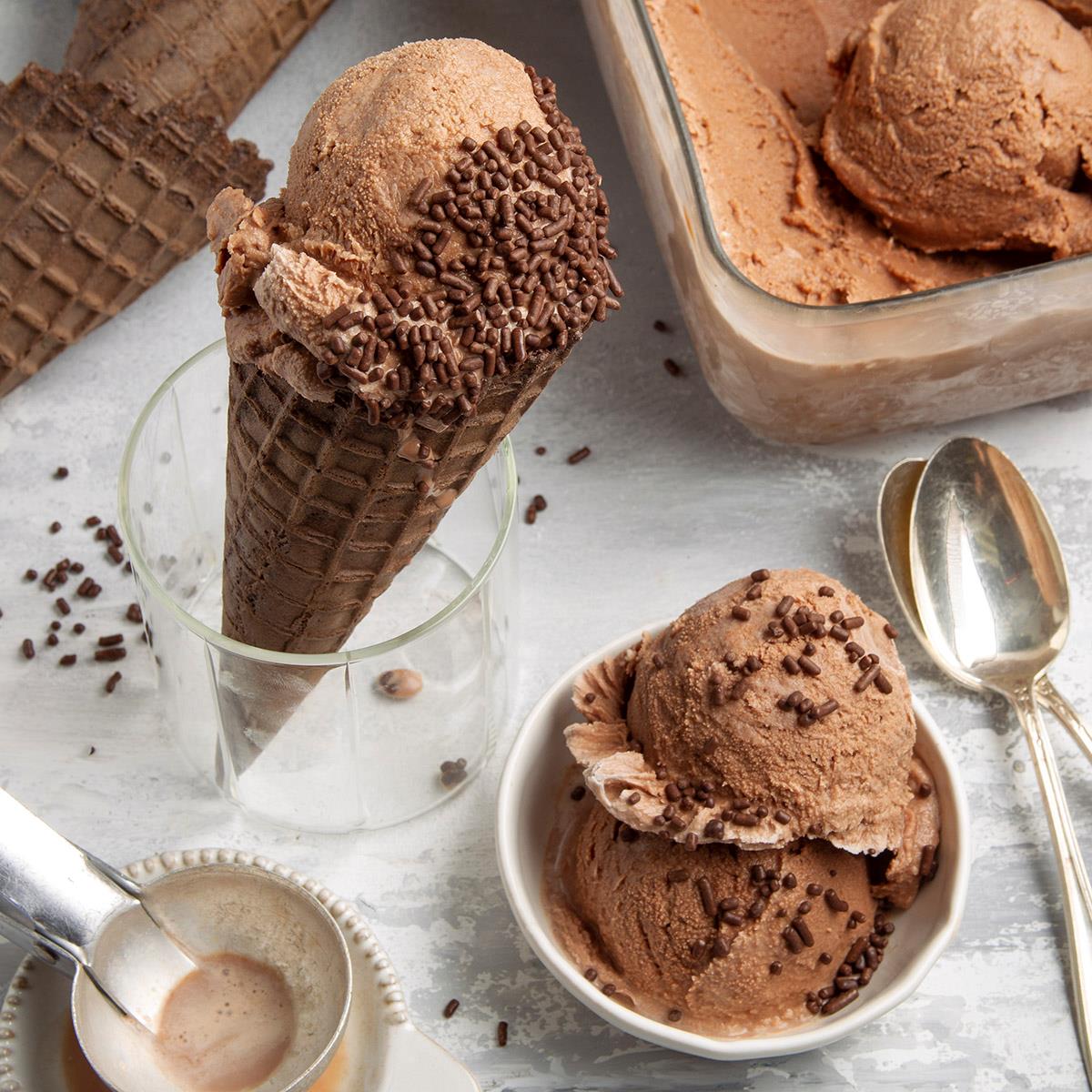
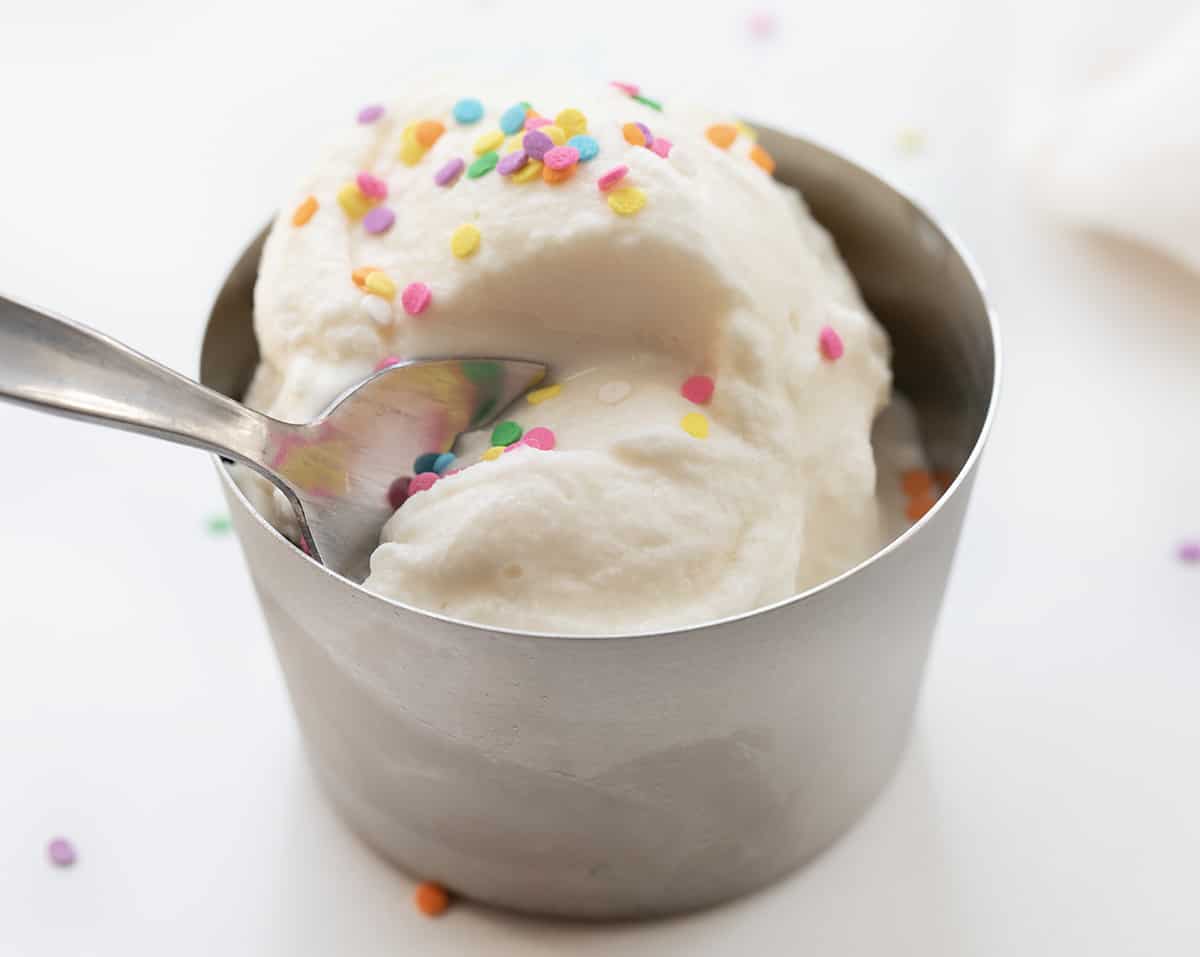

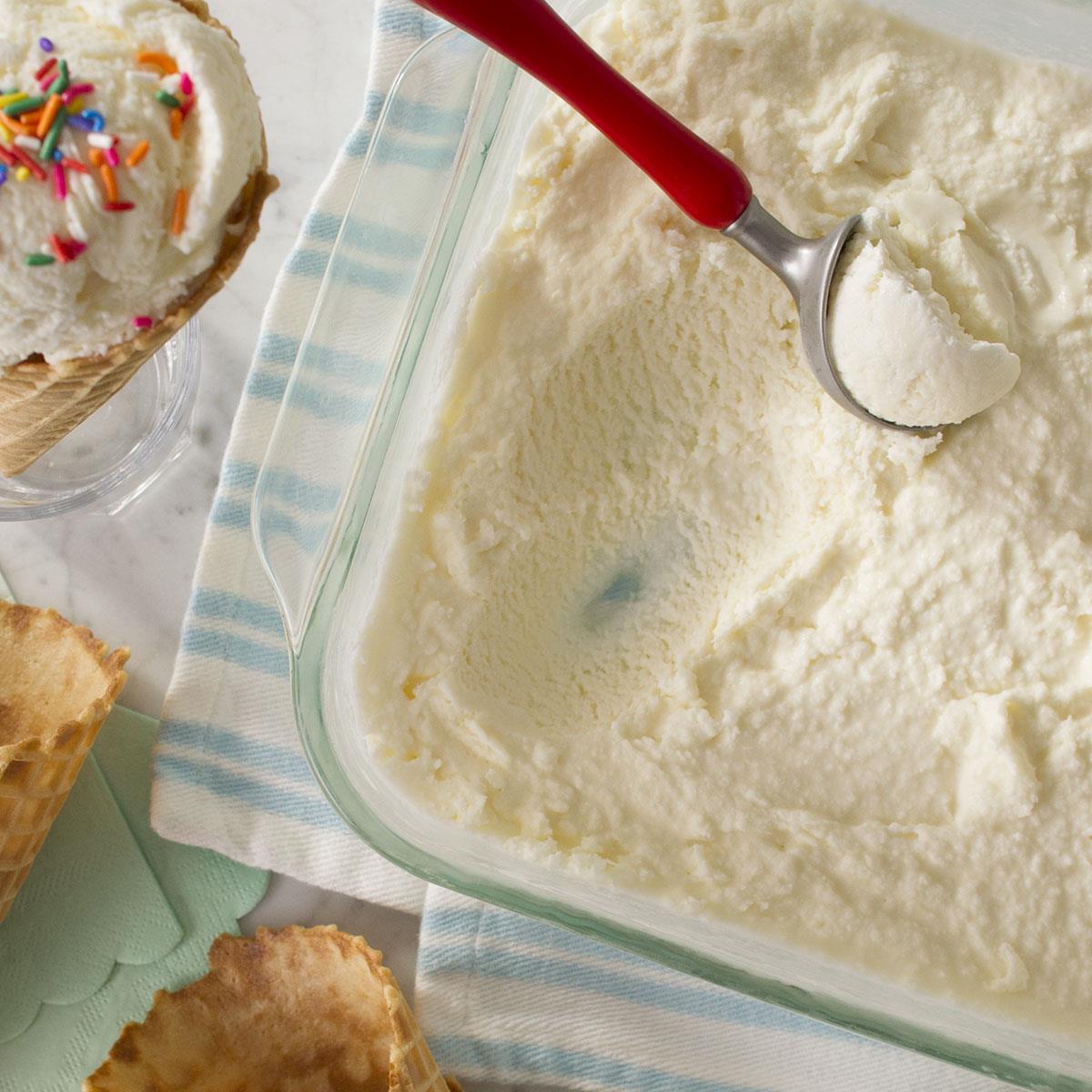

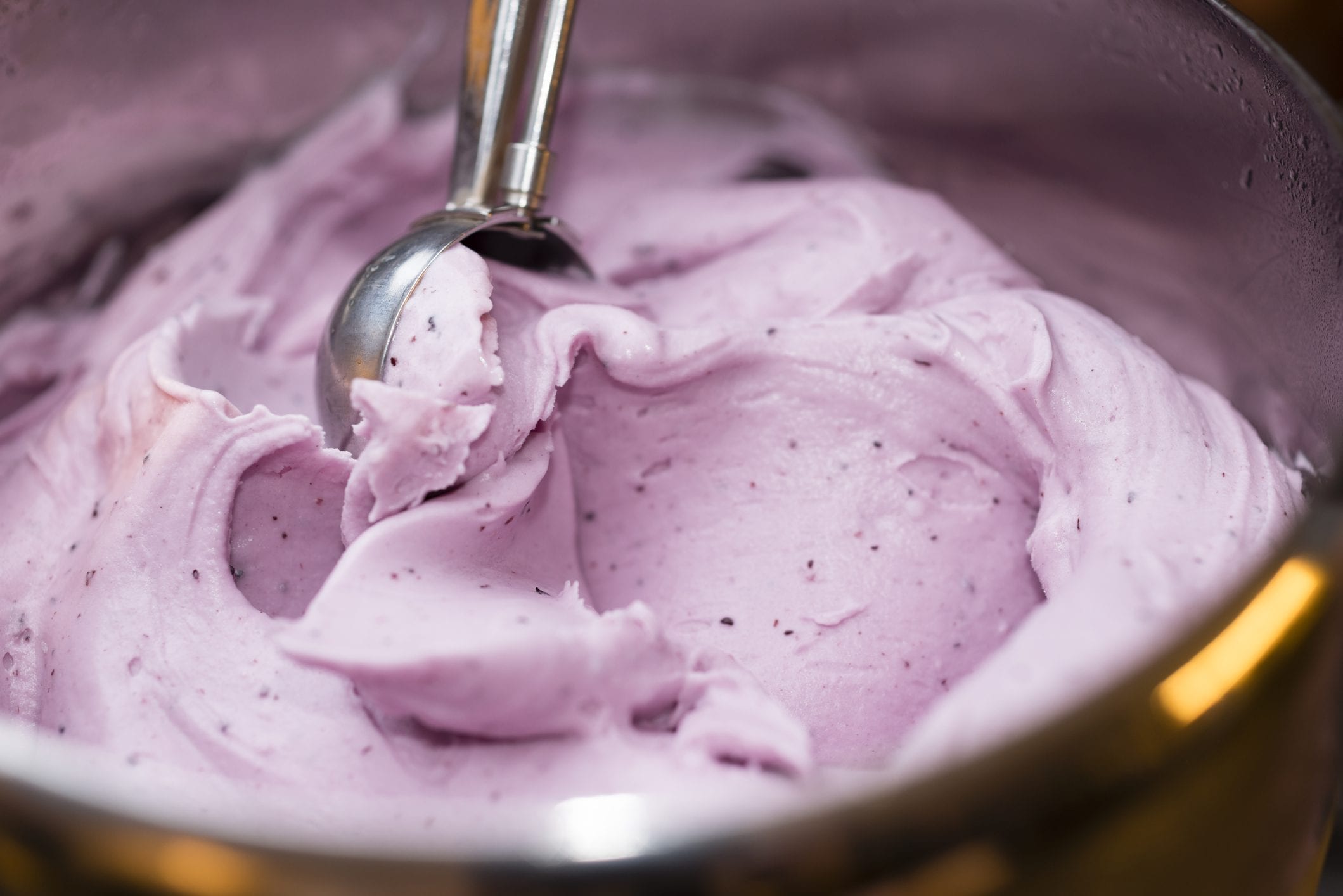
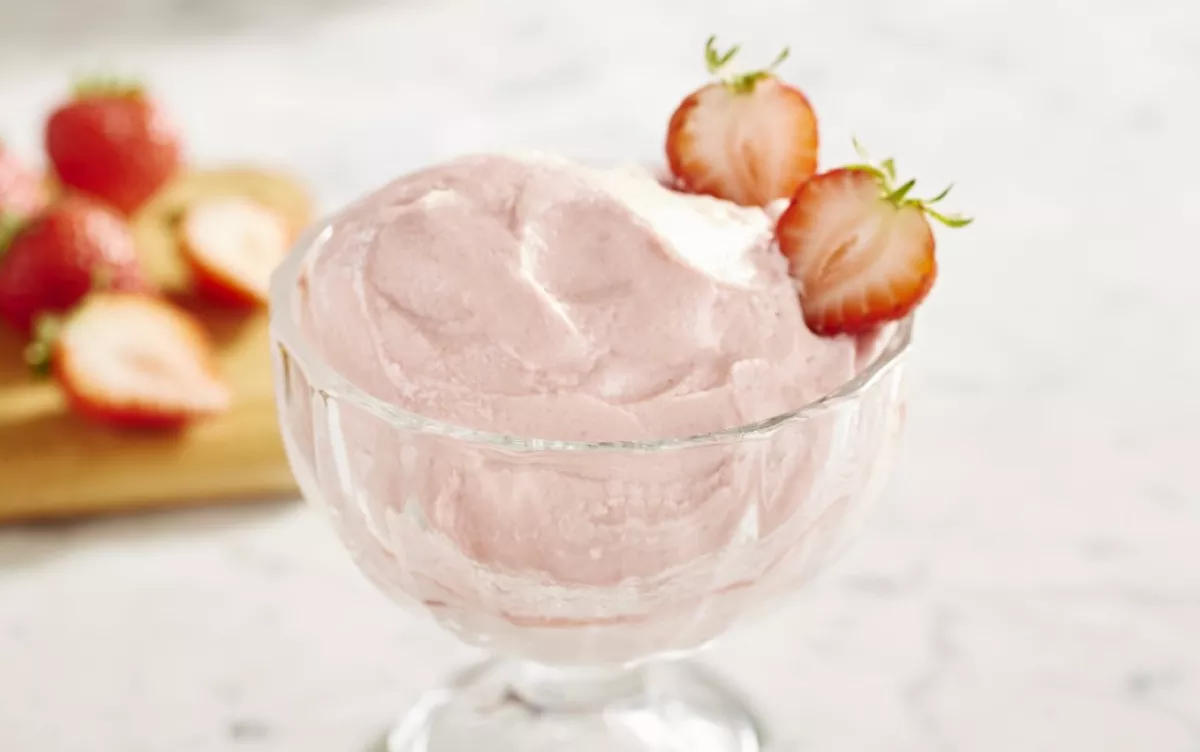

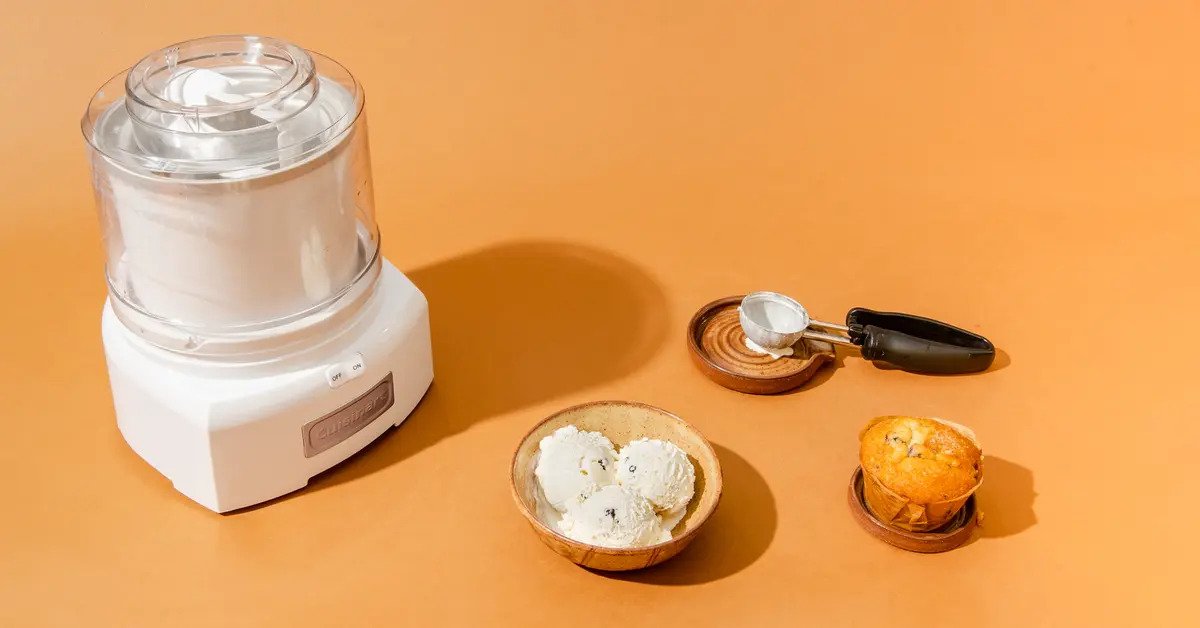

0 thoughts on “How To Store Ice Cream”